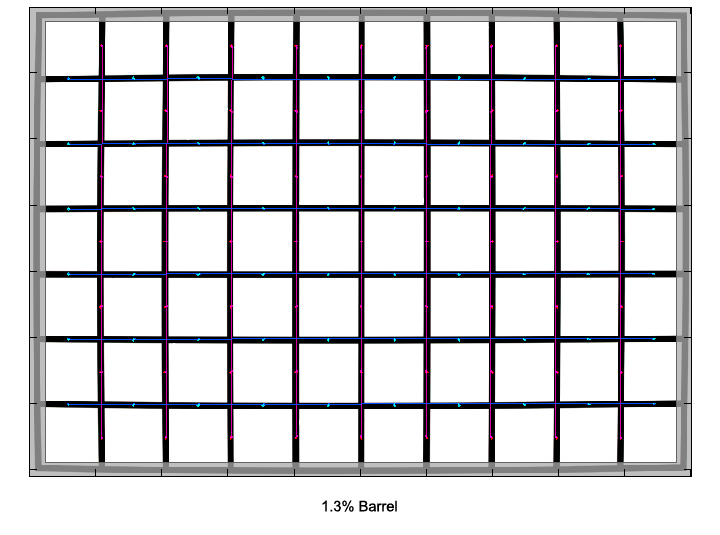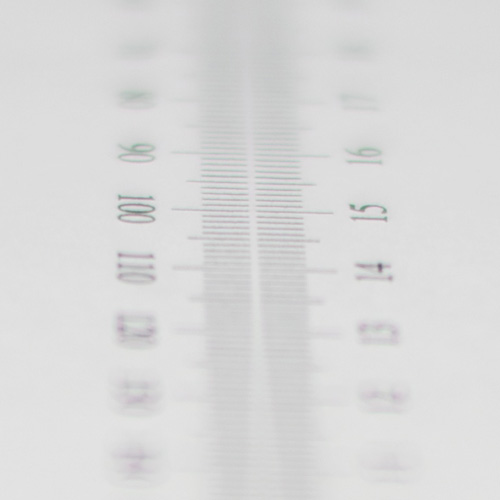|
Nikkor AF-S 58mm f/1.4 G (FX) - Review / Test Report - Analysis |
|
Lens Reviews -
Nikon / Nikkor (full format)
|
|
Page 2 of 3

Distortion
The lens shows a slight amount of 1.3% barrel distortion which is typical for this kind of lens.

Vignetting
Very fast lenses usually suffer from pronounced vignetting at large apertures but the Nikkor is better than most here actually. The light falloff at fully open aperture is "just" at 1.2EV (f-stops). This is still noticeable but far less than on the AF-S 50mm f/1.4 G for instance. At f/2 the issue is greatly reduced and not relevant from f/2.8 onward.

MTF (resolution)
The lens delivers quite impressive resolution figures in our lab test. In the image center, the results are very good at the largest aperture, and increase to excellent values from f/2.8 onwards. At f/11 (and beyond), diffraction limits the maximum resolution again.
The outer image region is good to very good at f/1.4 and f/2 - which is actually pretty impressive. The quality receives a boost at f/2.8 and the lens is capable of delivering excellent results across the image frame at f/5.6-8.
Please note that the MTF results are not directly comparable across the different systems!
Below is a simplified summary of the formal findings. The chart shows line widths
per picture height (LW/PH) which can be taken as a measure for sharpness.
If you want to know more about the MTF50 figures you may check out the corresponding
Imatest Explanations

Chromatic Aberrations (CAs)
Chromatic aberrations (color shadows at harsh contrast transitions) are well controlled and show only moderate values of below 0.9 pixel at the image borders.

Bokeh
One of the primary usage scenarios for a large aperture lens is to separate the main subject from the background. In such an image the quality of the bokeh (out-of-focus blur) is of major significance.
Out-of-focus highlights have a pretty smooth rendition with minimal outlining at the disc edges. However, the shape of the highlights show a rather "early" deterioration of the disc shape towards "cat's eye" in the mid-field already. Stopping down helps as usual. Outlining is a little more pronounced from f/4 onward.
In the critical focus transition zone, the background is fairly smooth whereas the foreground isn't quite as pleasing - harsh contrasts are more smeared rather than blurred here.

Bokeh Fringing
Bokeh fringing (non-coinciding focal planes of the various colors) is a common issue with relatively fast glass. As you can notice below the halos have different colors - magenta (red + blue) in front of the focus point and green beyond. Unlike lateral lateral CAs, LoCAs cannot easily be fixed in post processing.
Typical for most fast primes, especially ultra fast ones, the Nikkor shows some amount of bokeh fringing at large aperture settings. The issue is mostly gone from f/5.6 onward.
In addition, these shots also illustrate that there is no focus shift when stopping down.
|
Move the mouse cursor over the f-stop marks below to observe the respective LoCAs
|
| f/1.4 |
f/2 |
f/2.8 |
f/4 |
f/5.6 |
|

|
|